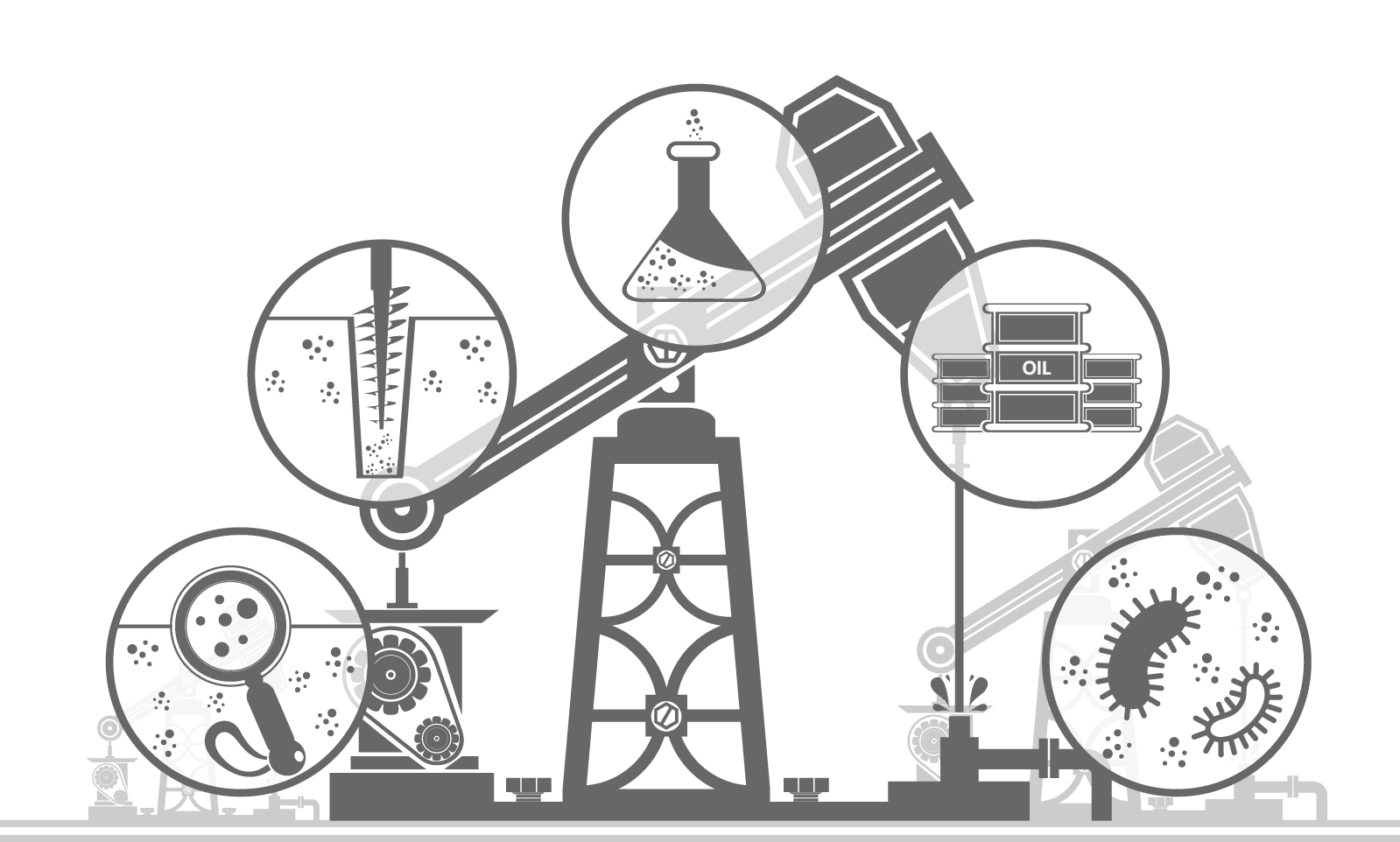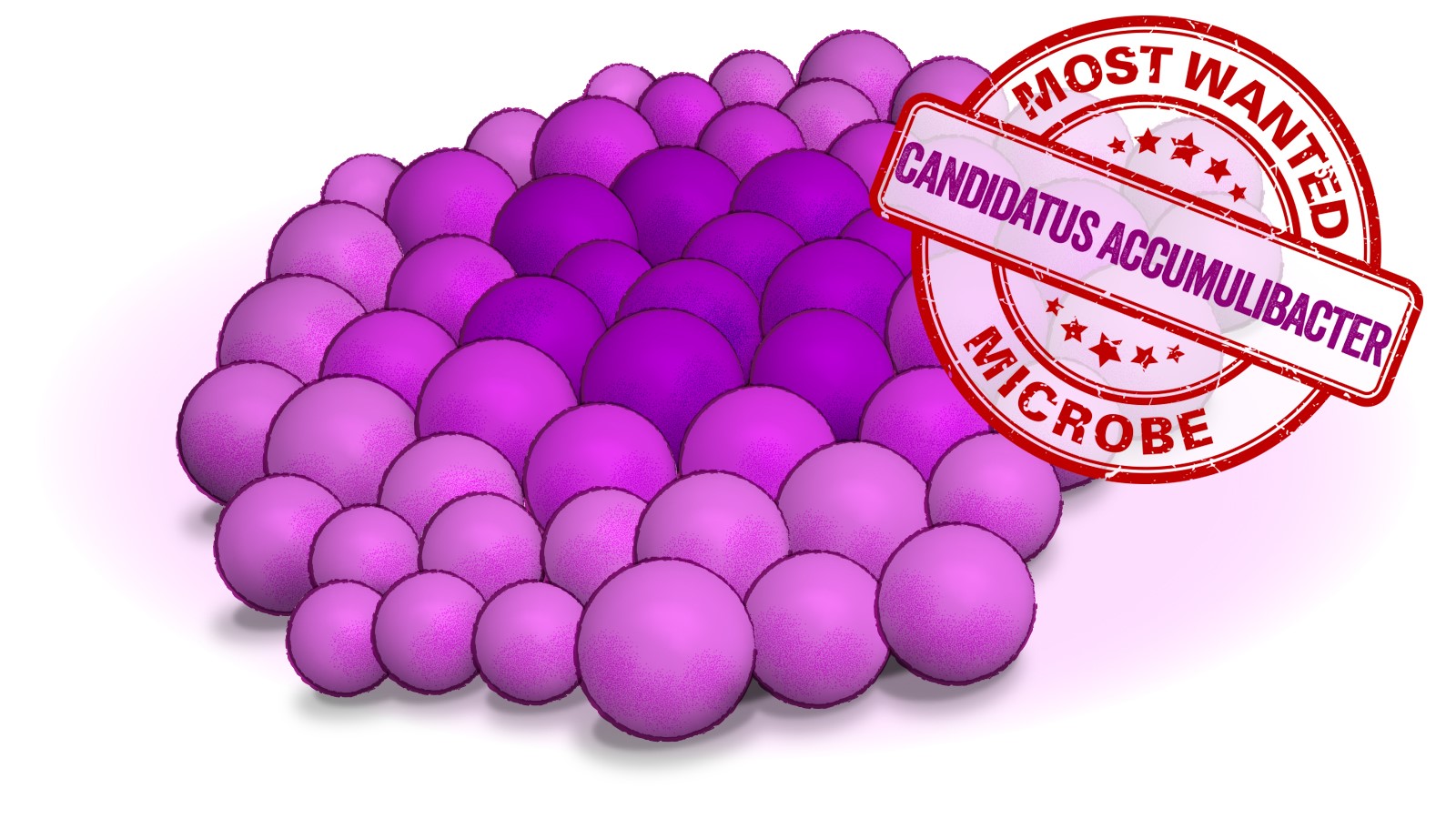Water quality regulators do their best to set policies to ensure the public has access to safe water to drink in terms of microbiological cleanliness. Despite regulations that dictate routine water quality analyses in key areas within water distribution systems, the types of analyses that are mandated are somewhat limited, and as a result, only tell part of the story. This is of no fault of regulators, though, since traditional technology does not allow water managers to achieve real-time detection of all pathogenic microbes. Therefore, compliance tests are typically limited to coliform bacteria in efforts to detect intrusion and therefore an immediate threat to those consuming the water. It is certainly possible that other types of pathogens could be present but it’s simply not feasible to test for each and every one which would require using a series of individual tests.
While water that is consistently in compliance tends to be perfectly safe in the vast majority of cases, general regrowth can demand significant resources to deal with the problem. As such, water can be compliant but is it truly as “clean” as it can be? What are the implications of this?
There are certainly extra costs associated with focusing only on maintaining compliance because elevated microbiological growth in general can potentially allow biofilm build-up to occur in the distribution systems. This inevitably results in increased time spent in the field by technicians for flushing and other maintenance work, increased disinfectant demand, and accelerated piping degradation via microbially influenced corrosion (MIC). Monitoring and maintaining disinfectant residual levels can help manage these risks but they most certainly do not solve the problem on their own. Biological growth can persist at times even when disinfectant residuals are high and disinfectant demand is influenced by many things other than microorganisms. Also, some microorganisms are resistant to conventional disinfectants while others survive and actually thrive within established biofilms.
An effective way to overcome this is to add field-deployable microbiological testing that targets the total population at once such as what LuminUltra provides via the QGA test. Here is a simple summary comparing the issues associated with traditional microbiological testing in water distribution compared to the capabilities that are now possible via microbiological field testing:
| Focus on compliance only: | Focus on maintaining overall cleanliness via 2nd Generation ATP: |
|---|---|
| Excessive time spent in the field collecting samples and transporting them to a laboratory; | Conduct tests via “point and shoot” strategy to reveal problem areas and track them to their source; |
| Laboratory technician’s time spent analyzing numerous samples in an attempt to isolate the root cause; | Optimize flushing/localized maintenance programs on the fly to validate corrective action immediately; |
| Water lost due to over-flushing OR return trips to the field when the initial flushing cycle was insufficient; | Minimize water lost due to flushing cycles while ensuring that the job is done right the first time (avoid return trips); |
| Premature infrastructure degradation due to microbially-influenced corrosion. | Achieve better overall biofilm management and prevent excessive buildups. |
Overall, the addition of 2nd Generation ATP monitoring enables field technicians to deploy microbiological analyses as quickly and easily as they have been able to run physical or chemical parameters for decades. The limitations of traditional microbiological tests have always meant that technicians would do their best without this information because a better solution didn’t exist. It does now.
Editor’s note:
Wondering what the similarities and differences are between the 2nd Generation ATP and other commonly-used microbiological tests? We have a full comparison report for you – 2nd Generation ATP vs. Other Microbiological Tests.
Take a sneakpeek below and download the full report here.
| Analysis: | Culture Tests | 2nd Generation ATP |
|---|---|---|
| What is detected? | Culturable microorganisms | Total microorganisms |
| How long to get results? | Days to weeks | Minutes |
| Can give results on-site? | No | Yes |
| How much skill required? | Moderate | Low |
| What is its best use? | Specific microbiological concentration | Total microbiological concentration |









